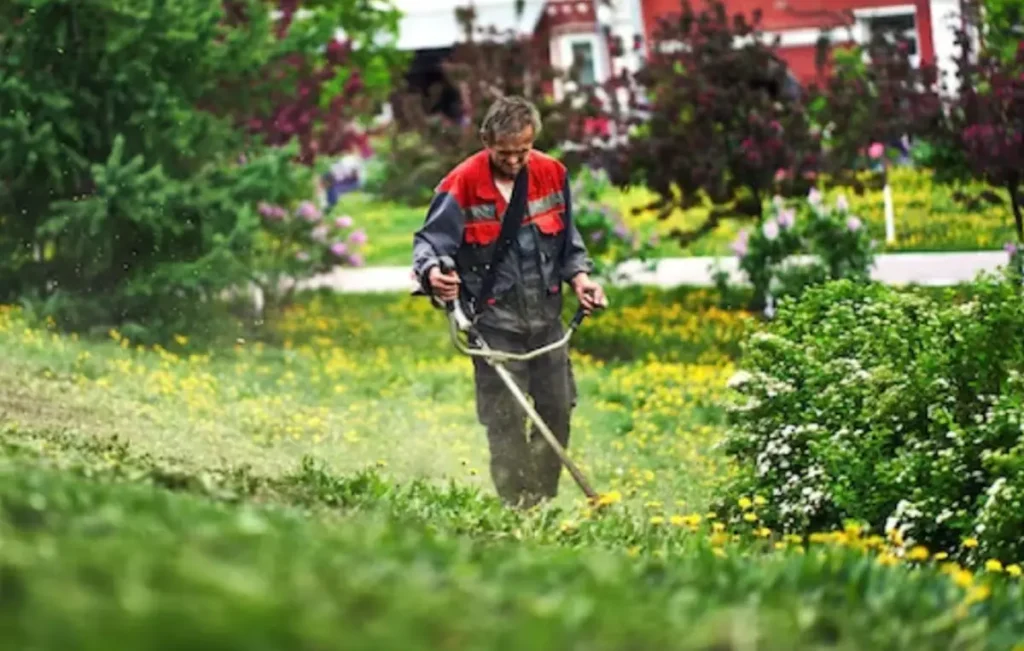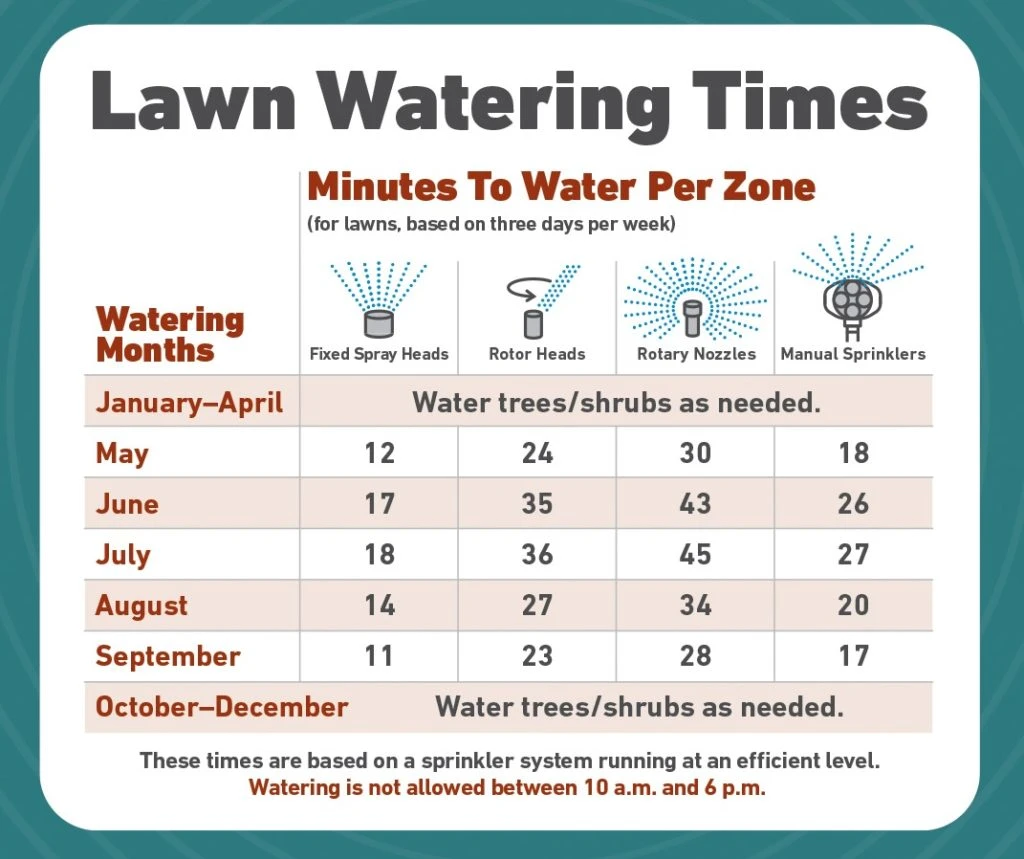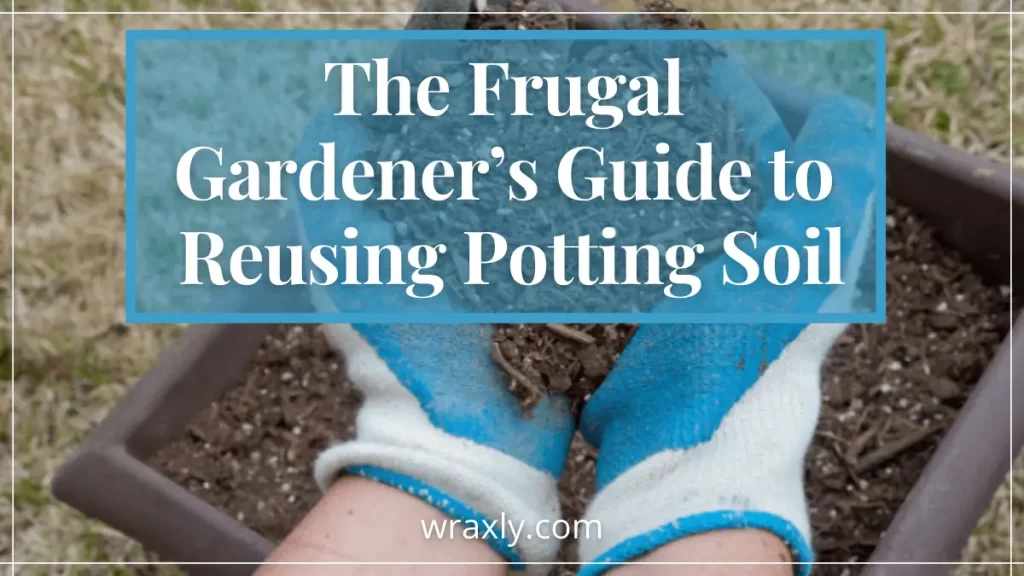A lush green lawn is a rewarding endeavor that entails dedication and ample responsibilities. From deliberate techniques to seasonal upkeep, you, as a homeowner, have a lot to do to transform your lawn into a year-round oasis of greenery. Explore the most essential tips that will help you safeguard a lush green lawn throughout the year.

8 Tips That You Need To Follow For A Lush Green Lawn In All Seasons
Test the Soil
Over time, soil conditions can change due to weather factors or construction activities. Soil test is the only way to know what your lawn is asking for. The result provides you with requisite details like the pH level and availability of soil minerals and micronutrients. Excess nutrients from over-fertilization can cause pollution and ecological harm. A pH that is too high or too low can limit the plant’s ability to take up essential support. Soil tests let you adjust it if necessary and aid in creating growing conditions for grass.
Using soil tests promotes lawn awareness. It gives you guidance to perform the following steps to a healthy lawn. Test the type of soil in early-spring for a healthy start and tailor the fertilization program accordingly. The test can also reveal potential problems, such as toxic substances in the ground that might stand in the way of getting a lush lawn.
Seed Mix
Mixing seeds is the key in lawn care to ensure your grass is thick year-round. A formal lawn is 80% Chewings Fescue, with Browntop Bent for the rest. They are sometimes used to overseed shady yards, often in conjunction with perennial ryegrass. They have long been known to be among the drought tolerant of the cool season lawn grasses besides creating a fine leaf texture.
A hard wearing lawn usually takes two more types of grasses (Meadow Grasses and Strong Red Fescue) so it can recover quickly from wear and damage and preserve a deep-rooted system. The ideal time for sowing seeds is September, when the soil is both warm and moist.
While sowing a lawn from seed, the cherished appearance of the lawn will determine the most appropriate seed mix. Lawns needing to withstand some neglect should contain a high proportion of broad-bladed ryegrass, while for a refined lawn it should be avoided. Sometimes, you need to spend on top-quality mix to get a lush land with thriving grasses. Cheaper seeds hardly perform well for year long use, no matter how much you water and fertilize. Tailoring the mixture is necessary when you want darker leaves or a finer look. You can consider custom packs from different specialty retailers that might better suit your site.
Mow Routinely
Among the most frequent tasks to achieve a super green lawn, mowing is one. Grass begins to grow rapidly from May onward. Thus, it is important to establish an effective mowing schedule for lawn care. Every seven days is right for most lawns to be mowed in summer and late spring. The interval between cuts during the whole period of the season should slowly expand.

A formal lawn maintains a height of ½ to ¾ inches (13-20 millimeters). Utility grade lawns require high quality turf mowing to look sightly. The quality of the cut depends not only on the turf type, but also one’s choice of mower. Using a dull blade results in a ragged edge that makes the surface look grayish brown. A rotary mower is more suitable for most lawn areas with its horizontal blade and scythe-like function. A hover mower can be very useful for cutting steep banks.
Fertilize The Lawn Correctly
A routine fertilization is essential to counterbalance the stress after mowing the lawn. Your lawn grasses require fertilization every month, especially during the springtime, so that they can begin growth in March. If the grass shows signs of losing vigor or hue in the days of summer, an organic liquid fertilizer can be applied to the lawn. Preparing the right amount of fertilizer is crucial to provide the soil with the necessary nutrition.
Choosing the right fertilizer is critical. The best is a mineral-based fertilizer composed of (potassium, phosphorus and nitrogen), a formula that boosts growth. As your grass retains a sufficient amount of water for nourishment, you need to worry less about drought. Organic lawn feed, such as bone meals or corn-gluten meals, work for many lawns. But, compared to synthetic fertilizers, they take a few extra days to green up the lawn.
Water On Time
Watering on time is another aspect of achieving a healthy green lawn all year round. Water early in the morning to ensure adequate moisture retention before the onset of daytime heat and to mitigate the risk of nocturnal fungal diseases. It is also time to water when the grass starts to wilt. To avoid the formation of dry patches, distribute water evenly across the entire yard using a slow and steady flow. Longer intervals between irrigation cycles enable the water to penetrate to a depth of approximately 6 inches, promoting deep root penetration and enhancing the grass’s resilience. See also: How Long Can Grass Seed Go Without Water?
Maintaining your lawn’s health doesn’t require frequent watering; instead, it demands a precise amount of moisture. Employing a sprinkler system can effectively mitigate the impact of dry conditions through consistent and regulated watering. It’s advisable to provide approximately one inch of water per watering session. When determining your lawn’s water needs, take into account factors such as outdoor temperature, seasonal variations, and the maturity of your grass. Even in the presence of rainfall, lawns may still require an additional one to two inches of water every 7 days to maintain their lush and appealing appearance.

Scarify the Lawn
Scarifying is an essential lawn maintenance technique aimed at improving air and nutrient circulation within your lawn. This process involves removing cuts, dead thatch, and other debris, creating space for your grass to breathe and regenerate. The accumulation of unwanted materials can hinder the growth of new grass and impede water from reaching the roots. Excessive thatch can even encourage the formation of moss. As a result, it’s crucial to perform scarification regularly, particularly between March and September.
Your lawn can benefit from occasional scarification when performed correctly. Scoring the soil to a depth of approximately 1/8 inch can make a significant difference in the traditional aeration process. While grass actively grows and recovers during spring, a more intensive scarification is typically done in early autumn with the aim of minimizing weed growth.
Set-Up Drainage System
Excessive watering can have a detrimental effect on both plant roots and soil. Unregulated irrigation leads to poor grass health, heightened weed and insect presence, and overly rapid turf growth, ultimately resulting in increased slip hazards. The harmful effects of excessive watering on soil include pH imbalance, uneven nutrient dispersion and overall soil erosion. On top of that, the soil loses its required level of oxygen and nitrogen and suffers through long-term infertility.
To mitigate these consequences, it’s essential to have a well-installed drainage system for your lawn, ideally during rainy periods of the year when excess moisture can be detrimental to plant life. This not only prevents erosion but also safeguards your landscaping from visible water-related damage. Effective drainage also helps protect your property from stagnant water, which can impact the structural integrity of your entire home’s foundation. Moreover, proper water management is not only about saving your lawn but also plays a crucial role in controlling mosquito populations and reducing the risk of bacterial and parasitic infections.
Weed Control
The approach you take for weed control should be determined by the severity of the issue. Weeds tend to flourish alongside your grass, especially during sunny periods, and they can bring along additional problems like insect infestations. Fortunately, there are effective methods to address this issue and maintain a healthy lawn. While scarifying can remove fully-grown weeds, using hoes can prevent their regrowth. It’s important to keep in mind that a well-nourished lawn is your best defense against weed invasions.
Fortunately, there are several effective troubleshooting tactics to combat weed problems without harming your lawn’s ecosystem. Some opt for eco-friendly weed killer sprays, while others prefer using a narrow trowel as an alternative method. Promptly removing weeds by hand as soon as you spot them can prevent the need for more challenging treatments. It’s also a good practice to mark areas that appear particularly susceptible to weed infestations, which can help contain the issue and prevent it from spreading to the rest of your property. Weed control does demand time and patience, so if you’re new to the process, considering the services of an expert may be your best course of action.
Protect the Lawn in Extreme Weather Conditions
The most effective way to safeguard your lawn is by pinpointing the root causes of issues. However, it’s important to acknowledge that the climate doesn’t always work in your favor. In extremely dry and hot weather conditions, lush green lawns can quickly turn brown. During such periods, homeowners should consider raising the height of their grass and reducing the frequency of mowing to mitigate stress on the lawn.
There’s a direct correlation between high temperatures and the germination of weed seeds. Weeds that thrive in dry soil can be particularly challenging to manage, often requiring intensive labor. The persistence of weed growth during the hottest summer days can be attributed to under-watered soil and an unhealthy lawn. If your lawn doesn’t already have an irrigation system, it might be the right time to consider installing one. Adequate watering is essential for lawns to endure the harsh heat, and it can also help prevent them from drying out too quickly in the strong August winds.
Excessive rain can bring about a multitude of challenges for your lawn. When the soil remains saturated for an extended period, lawns become highly vulnerable to fungal damage. As water levels rise, you might begin to notice signs of disease infestations. The persistent moisture can even lead to inland flooding, washing away essential components of your landscape. This excess water can over-saturate the soil, depriving the roots of oxygen, and causing the turf to suffocate. In such cases, relying solely on drainage may not suffice. Adjusting your maintenance practices becomes crucial. Consider providing your lawn with additional fertilizer and applying extra weed control as needed to support its recovery.
It’s easy to overlook the impact of precipitation and freezing temperatures on your lawn’s health. Even the healthiest lawns can fall victim to winter kill. Year-round maintenance plays a pivotal role in preventing winter kill by fortifying the grass and addressing key factors that can weaken it. During the dormant season, it’s important to minimize heavy foot traffic. Additionally, consider a comprehensive fertilization regimen to bolster your lawn’s health before the first freeze sets in. Be cautious not to inadvertently harm your turf by using ice melters.
Final Thoughts on Tips for a Lush Green Lawn
Attaining a vibrant green lawn requires continuous dedication from homeowners. Employing effective strategies can simplify the lawn maintenance process. Stay attentive to your lawn’s specific needs, providing it with year-round care to withstand challenges and showcase its utmost beauty.
You May Also be Interested in…
- Elevate Your Lawn Care with the Ferris 300e Electric Zero Turn Mower
- Revolutionize Lawn Care with the Kolmower M28E: The Ultimate Robotic Mower
- Husqvarna Z560LS Review

Paul Gomes is a versatile writer known for his insightful and engaging articles on home, real estate, Garden and the environment. With a passion for these subjects, Paul has established himself as a knowledgeable voice in the industry, offering valuable information and unique perspectives to his readers.





![10 Common Container Garden Mistakes to Avoid [Beginner’s Guide]](https://wraxly.com/wp-content/uploads/2021/02/10-Common-Container-Garden-Mistakes-to-Avoid-Beginners-Guide-1200-1024x576.webp)